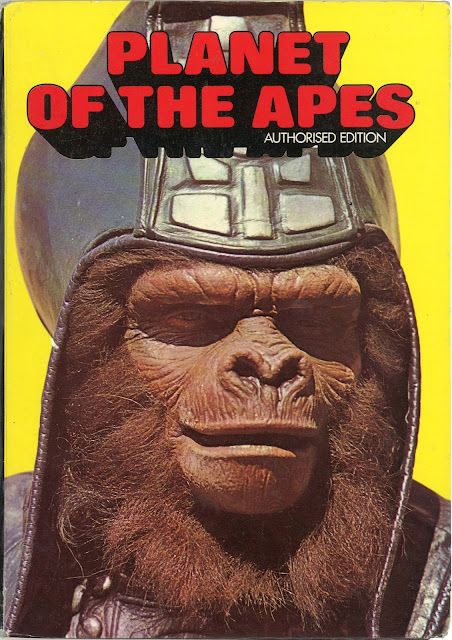During the year, I wrote a lot of essays for this blog but no short stories at all, focussing instead on my psychological thriller novel. I started it in early May and finished, 140,000 words later, at the end of October. It's been an exciting project and I'm now working on the second draft, with the intention of shopping it around to agents in the new year - wish me luck!
* * *
I had one short story published, A World Outside Your Window, in 12 Dark Days: One Hell Of A Christmas, edited by Dean M. Drinkel from Nocturnicorn Books. The anthology appeared, in print and digital editions, in December.
My collection, Things We Leave Behind, was published on 15th July by Dark Minds Press and launched at Edge-Lit 6, alongside Laura Mauro's excellent novella Naming The Bones.

 |
| At the launch, Laura read an extract from What We Do Sometimes, Without Thinking whilst I read the first few pages from her novella |
My novella, Polly, was published on 30th November by Stormblade Productions, with an online Facebook launch that evening (you can see a transcript of the fun here).

* * *
Things We Leave Behind featured in Chad Clark's Top Reads for 2017, which was very pleasing.
James Everington included What We Do Sometimes, Without Thinking (from Things We Leave Behind) in his annual Favourite Short Stories round-up.
What Gets Left Behind featured in Tom Johnstone's 2017 Review Of The Year.
* * *
The Crusty Exterior managed another gathering, meeting at Astley Book Farm in Bedworth before heading off for a curry to help celebrate Steve Harris' 50th birthday in May. Loads of friends, thousands of books, we had a great time. And at Sledge-Lit, plans were hatched to meet up again next year...
 |
| Just after an enjoyable curry with, from left, James Everington, John Travis, Steve 'birthday boy' Harris, me, Phil Sloman and Steve Bacon |
In June, Earls Barton held its first Literary Festival. My friend Sue Moorcroft appeared on Saturday 10th, with her "route to number one" and I (in my first Lit Fest experience) had a slot on Sunday afternoon (which I wrote about here). My talk was called "How can you write what you know when you write horror?" and centred around my novella The Mill. I had a decent audience who listened attentively, laughed at the funny bits (I think the Grand Hotel in Scarborough gets more gothic every time I describe it) and asked some good questions. A terrific experience and it instantly made me want to do it again.
 |
| picture by Sue Moorcroft |
On October 11th, I was part of a "Meet The Authors" panel with Sue and Louise Jensen (both of whom are best sellers) held at Kettering Library, moderated by John Griff of BBC Radio Northampton. It was a terrific evening (Dad came along with me and proved to be a hit himself) with a good-sized and engaged audience, John kept the questions coming, the panel acquitted themselves well, we all had a laugh and books were sold. I had a really good time.
 |
| Me, Sue, John and Louise |
 |
| I'm pointing at Dad, who finally got to ask his question, much to Sue and Louise's amusement |
As a favour for Dad, I did a reading & writing session for the Rothwell Beavers Group in early December. To them, he's Badger, the group leader and they were all surprised when I revealed he was my dad, the only person who used to read my stories when I began writing at their age (he stopped reading them when I - doubtless much to his relief - started writing horror, a genre he's not particularly fond of). I wrote them a little Christmas tale and had great fun doing it - two elves help Santa but then he gets accidentally knocked out so they need to get some help - and left the ending open for the kids to finish. I didn't really know what to expect but the response was superb and every single one of those Beavers either wrote or drew a conclusion to the story with some fantastic flights of imagination. As much I enjoyed the evening itself, the next day was even better when I saw this feedback from one parent.
* * *
I attended three great Cons in year. The first was Edge-Lit 6, held at The Quad in Derby on 15th July (see my report here), followed by FantasyCon, held at The Bull Hotel, Peterborough from 29th September to 1st October (see my report here) and I rounded out the year with the excellent Sledge-Lit 3, held at The Quad in Derby on 25th November (see my report here).
 |
| At Edge-Lit 6 with, from left, Peter Mark May, Richard Farren Barber, me, James Everington |
 |
| On a panel at FantasyCon - from left, Ramsey Campbell, Phil Sloman, me, Helen Armfield, Nina Allan and James Everington |
 |
| Priya Sharma, Steve Harris, me, Simon Bestwick (front) and Peter Mark May |
 |
| At Sledge-Lit with, from left, Becky Moore, me, Tracy Fahey, Steve Bacon, Lisa Childs, John Travis and James Everington |
 |
| Interviewing Alison Littlewood - pic by James Everington |
I'm feeling confident for 2018 too, as I plan to crack on with the novel and plot out more, plus I have a few things due to be published and a couple of novellas to write. I'll keep you updated as how things go.
As always, thank you so much, dear readers of this blog, for all your support in 2017, especially those who bought, read and liked my work - I really do appreciate it.









































